The unemployment rate last month edged down 0.04 percentage points to 3.36 percent from a month earlier, the third consecutive month of decline, the Directorate-General of Budget, Accounting and Statistics (DGBAS) said yesterday.
The figure was the second-lowest recorded for the month of November in 24 years, second only to 3.34 percent in November last year, the agency said in a report.
After seasonal adjustments, the unemployment rate rose 0.03 percentage points to 3.41 percent from August, the report showed.
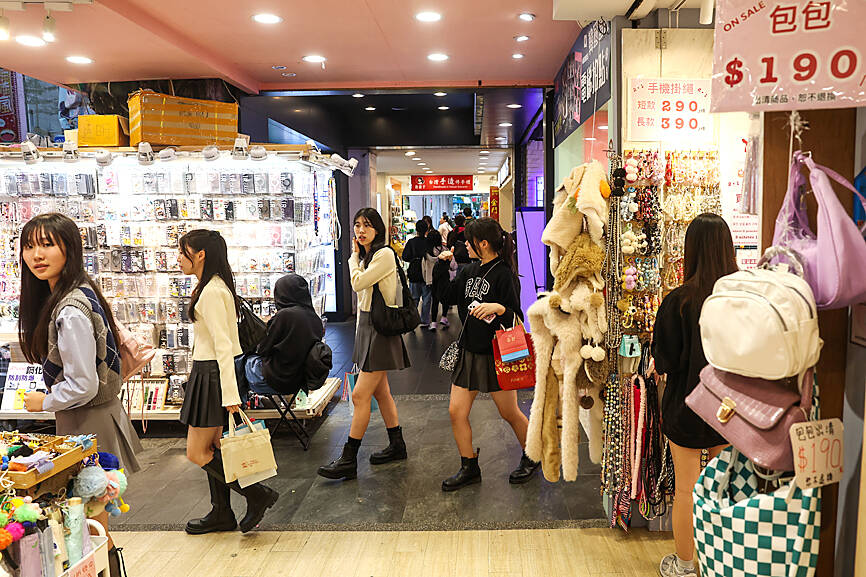
Photo: CNA
The number of unemployed people last month fell by 5,000 month-on-month to 403,000, the DGBAS said, attributing the decline mainly to a lower number of people unhappy with their jobs.
The number of people employed in the domestic agricultural and services sectors fell by 2,000 each from a month earlier, but there were 1,000 more jobs in the industrial sector, it said.
Overall, the local labor market has stabilized, given the decline in the unemployment rate and the number of people who are unemployed, it added.
The stabilization of the labor market was also reflected in youth unemployment figures.
The unemployment rate among people aged 15 to 19 edged down to 7.91 percent from 9.12 percent in October; fell to 11.3 percent from 11.84 percent for people aged 20 to 24; and fell to 5.85 percent from 6.07 percent for those aged 25 to 29; but rose to 3.46 percent from 3.44 percent for those aged between 30 and 34, the report showed.
People with a university degree had the highest unemployment rate at 4.49 percent, followed by high-school graduates at 3.13 percent and graduate degree holders at 2.97 percent, the data showed.
The average unemployment period last month rose slightly to 21.1 weeks, as it took first-time jobseekers an average of 23.2 weeks to land positions, while others spent 20.5 weeks finding jobs, the report said.
The number of people who were unemployed for more than a year last month rose by 4,000 from October to 51,000 and increased by 6,000 from a year earlier, it said.
In the first 11 months of this year, the unemployment rate was 3.39 percent, down 0.1 percentage points from a year earlier, the agency said.
Census Department Deputy Director Tan Wen-ling (譚文玲) said that if economic conditions remain stable, the jobless rate is expected to fall further as this month is the traditional peak consumption season before the Lunar New Year holiday.
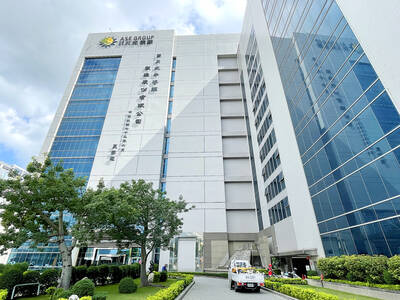
EXPANSION: The investment came as ASE in July told investors it would accelerate capacity growth to mitigate supply issues, and would boost spending by 16 percent ASE Technology Holding Co (ASE, 日月光投控), the world’s biggest chip assembly and testing service provider, yesterday said it is investing NT$17.6 billion (US$578.6 million) to build a new advanced chip packaging facility in Kaohsiung to cope with fast-growing demand from artificial intelligence (AI), high-performance-computing (HPC) and automotive applications. The new fab, called K18B, is to commence operation in the first quarter of 2028, offering chip-on-wafer-on-substrate (CoWoS) chip packaging and final testing services, ASE said in a statement. The fab is to create 2,000 new jobs upon its completion, ASE said. A wide spectrum of system-level chip packaging technologies would be available at
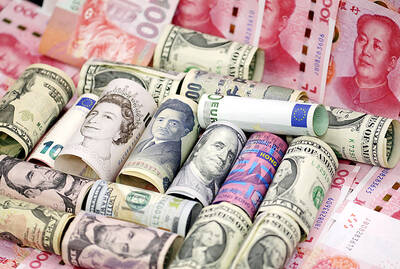
Taiwan’s foreign exchange reserves hit a record high at the end of last month, surpassing the US$600 billion mark for the first time, the central bank said yesterday. Last month, the country’s foreign exchange reserves rose US$5.51 billion from a month earlier to reach US$602.94 billion due to an increase in returns from the central bank’s portfolio management, the movement of other foreign currencies in the portfolio against the US dollar and the bank’s efforts to smooth the volatility of the New Taiwan dollar. Department of Foreign Exchange Director-General Eugene Tsai (蔡炯民)said a rate cut cycle launched by the US Federal Reserve
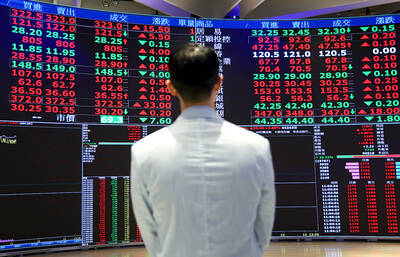
HEAVYWEIGHT: The TAIEX ended up 382.67 points, with about 280 of those points contributed by TSMC shares alone, which rose 2.56 percent to close at NT$1,400 Shares in Taiwan broke records at the end of yesterday’s session after contract chipmaker Taiwan Semiconductor Manufacturing Co (TSMC, 台積電) hit a fresh closing-high amid enthusiasm toward artificial intelligence (AI) development, dealers said. The TAIEX ended up 382.67 points, or 1.45 percent, at the day’s high of 26,761.06. Turnover totaled NT$463.09 billion (US$15.22 billion). “The local main board has repeatedly hit new closing highs in the past few sessions as investors continued to embrace high hopes about AI applications, taking cues from a strong showing in shares of US-based AI chip designer Nvidia Corp,” Hua Nan Securities Co (華南永昌證券) analyst Kevin Su
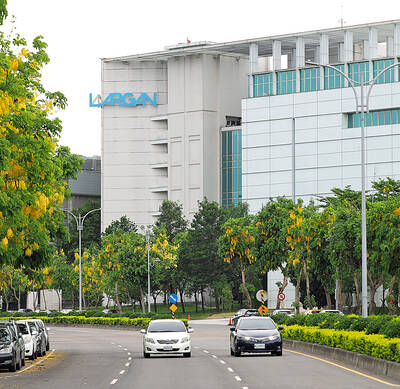
Handset camera lens maker Largan Precision Co (大立光) on Sunday reported a 6.71 percent year-on-year decline in revenue for the third quarter, despite revenue last month hitting the highest level in 11 months. Third-quarter revenue was NT$17.68 billion (US$581.2 million), compared with NT$18.95 billion a year earlier, the company said in a statement. The figure was in line with Yuanta Securities Investment Consulting Co’s (元大投顧) forecast of NT$17.9 billion, but missed the market consensus estimate of NT$18.97 billion. The third-quarter revenue was a 51.44 percent increase from NT$11.67 billion in the second quarter, as the quarter is usually the peak